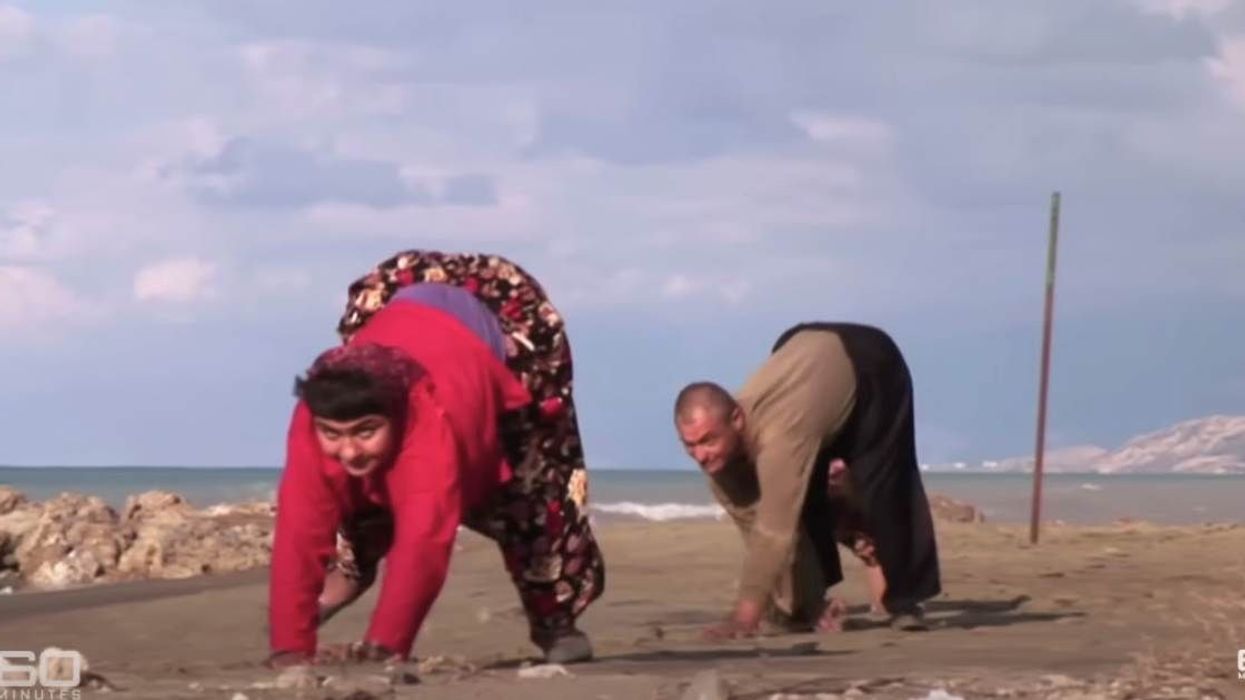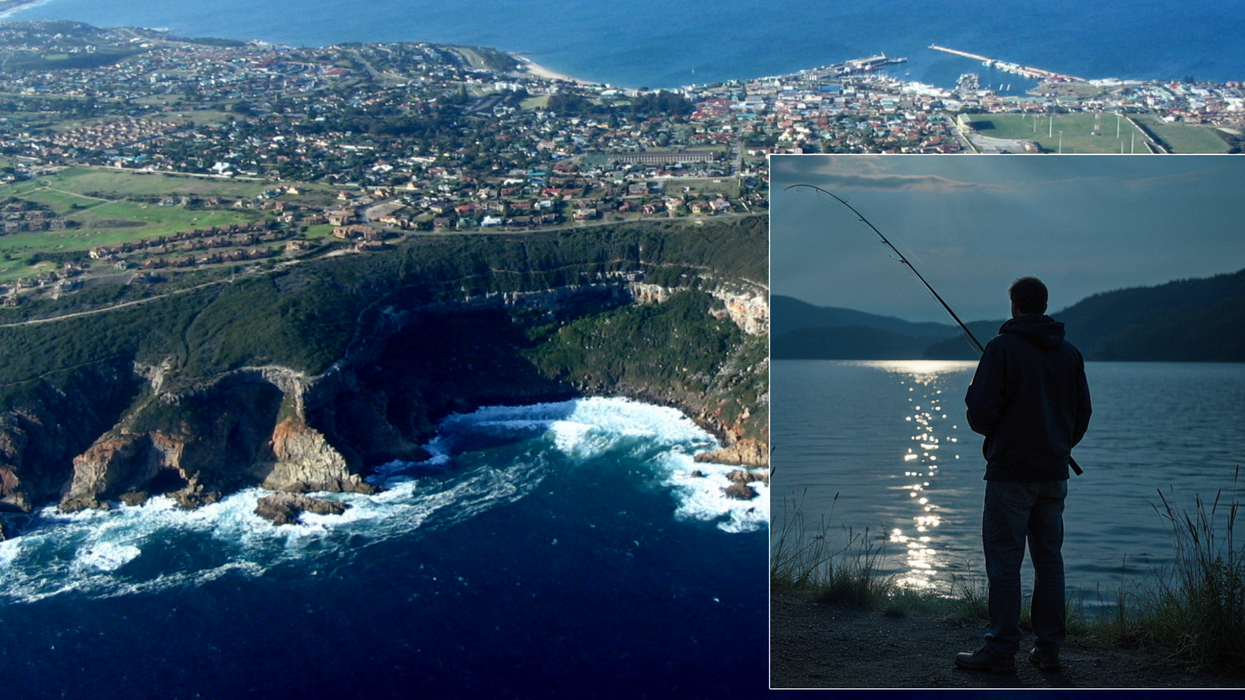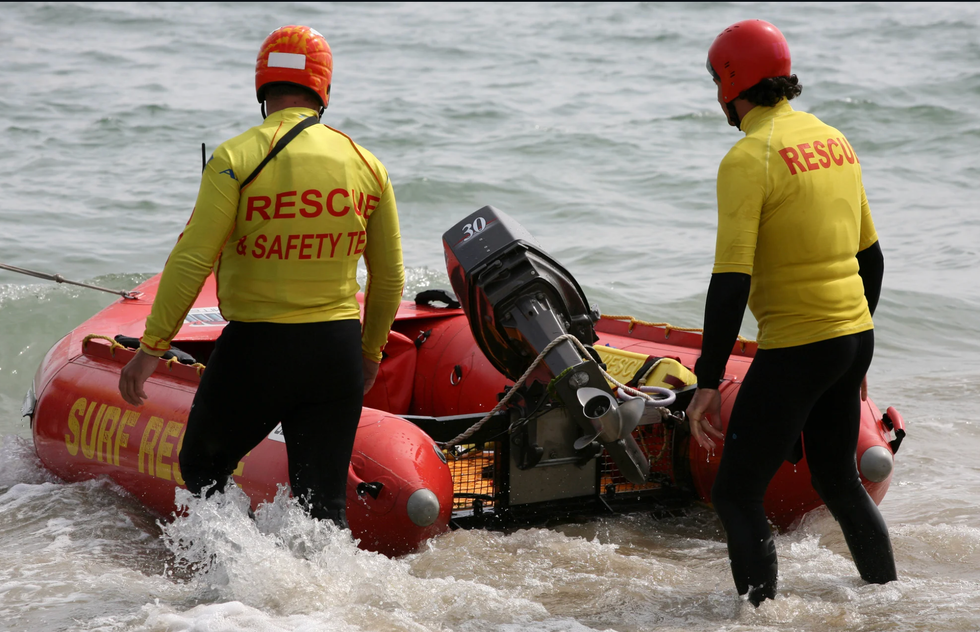Mankind has evolved from walking on all fours to walking upright. However, a family in Turkey has baffled scientists with their posture. The Ulas family caught world media attention when a 2006 BBC documentary focused on their movement, crawling with all limbs touching the ground like a bear. The documentary, titled "The Family That Walks on All Fours," revealed some of the mysteries surrounding the Ulas family.
In "60 Minutes Australia," Professor Nicholas Humphrey, an evolutionary psychologist from the London School of Economics, studied this family's unusual trait. The Ulas family had 18 children, six of whom were born with the trait causing them to walk on all fours. One of these six has since died. “I never expected that even under the most extraordinary scientific fantasy modern human beings could return to an animal state,” Humphrey said on “60 Minutes Australia.”
“The thing which marks us off from the rest of the animal world is the fact that we’re the species which walks on two legs and holds our heads high in the air,” he explained. “Of course, it’s language and all other sorts of things too, but it’s terribly important to our sense of ourselves as being different from others in the animal kingdom. These people cross that boundary.” The Turkish family was described as "the missing link between a man and ape."
However, Humphrey criticized the BBC documentary's theory, calling it "deeply insulting" and "scientifically irresponsible," per New York Post. According to the Daily Star, a research team at Liverpool University discovered that the children of this family had a completely different skeletal structure compared to regular humans. Their skeletons had a closer resemblance to apes compared to humans. They had a shrunken cerebellum which is not seen in humans who walk on two legs. But the Ulas family do not use the knuckles of their hands to move around like apes do. They use the palm of their hands.
“I think it’s possible that what we are seeing in this family is something that does correspond to a time when we didn’t walk like chimpanzees but was an important step between coming down from the trees and becoming fully bipedal,” Humphrey suggested. He noted that these children were not taught or encouraged to stand up on their legs even after 9 months, which could have also affected their physical development. According to IFL Science, Uner Tan, a Turkish neuroscientist and evolutionary biologist of Çukurova University Medical School in Turkey's Adana, also observed the quadrupedal members of the family and their condition was later dubbed Üner Tan syndrome.
As mentioned in The Open Neurology Journal, the Ulas family aren't the only ones who have this syndrome. The first family was discovered walking on all fours in a small village near Iskenderun and later in Adana and two other small villages near Gaziantep and Canakkale. All these people preferred to walk using four of their limbs because walking upright affected their dynamic balance. "It was concluded there may not be a single factor that predetermines human quadrupedalism in Uner Tan syndrome, but that it may involve self-organization, brain plasticity and rewiring, from the many decentralized and local interactions among neuronal, genetic and environmental subsystems," the research article mentioned.
This article originally appeared last year.


















 A couple sleeping in their tentCanva
A couple sleeping in their tentCanva
 Clinic are factoring more and more into health planning in the US.
Clinic are factoring more and more into health planning in the US. 
 Representative Image: Making pizzas for hungry people. Pexels I Photo by Jvxhn Visuals
Representative Image: Making pizzas for hungry people. Pexels I Photo by Jvxhn Visuals Representative Image Source: Pexels I Photo by Polina Tankilevitch
Representative Image Source: Pexels I Photo by Polina Tankilevitch Representative Image: Is there anything better than pepperoni? Pexels I Photo by Pixabay
Representative Image: Is there anything better than pepperoni? Pexels I Photo by Pixabay "This story made my whole night better." Reddit I
"This story made my whole night better." Reddit I 
 Model Lauren Chan's 2025 Sports Illustrated Swimsuit issue cover, photographed by Ben Watts. Ben Watts/Sports Illustrated,
Model Lauren Chan's 2025 Sports Illustrated Swimsuit issue cover, photographed by Ben Watts. Ben Watts/Sports Illustrated, 


 Fisherman at duskCanva
Fisherman at duskCanva Water rescue teamCanva
Water rescue teamCanva Pulling someone to safetyCanva
Pulling someone to safetyCanva You never know what you may catch in the waterCanva
You never know what you may catch in the waterCanva
